The black currant varieties Selechenskaya and Selechenskaya 2 were bred at the Lupine Research Institute in the Bryansk region. Their author was the famous scientist-breeder Alexander Ivanovich Astakhov. In addition to Selechenskaya, he also bred other varieties of black currant: Perun, Sevchanka, Gulliver, Nara, Dobrynya, Partizanka Bryansk and others.
Currant Selechenskaya variety description
The breeder was faced with the task of obtaining an early large-fruited variety with high taste qualities, suitable for cultivation in various climatic conditions. Work on developing a new variety began in the Soviet Union, and the resulting specimens underwent variety testing. In 1993, a new variety, Selechenskaya, was included in the State Register of Varieties.
Selechenskaya black currant is suitable for growing in the middle zone, Western and Eastern Siberia, and the Middle Volga region. This crop is not suitable for cultivation in the southern regions of the country, since it does not tolerate heat and drought.
Selechenskaya bushes are powerful, medium-sized, slightly spreading, dense. The berries are large and very large (2.5-5.0 g), black, shiny, round. The taste is excellent (5 points) with slight sourness and a strong currant aroma. The fruits contain a lot of ascorbic acid (182 mg/%).
The variety is early ripening, universal purpose, high-yielding (1.5-2.8 kg/bush).
Advantages:
- large fruit, productivity;
- excellent taste of the fruit;
- resistance to powdery mildew;
- resistant to spring frosts;
- good winter hardiness and frost resistance
- high transportability.
Flaws:
- average heat resistance;
- susceptible to anthracnose;
- susceptible to kidney mite;
- requires high cultivation technology;
- produces high yields only on fertile soils.
Since the variety belongs to an intensive type of cultivation and requires high soil fertility, a few years later work began on obtaining currants that are less demanding on soils and growing conditions.
Advantages and disadvantages of currant Selechenskaya 2
The variety was bred by Astakhov in collaboration with L.I. Zueva in the early 2000s.In 2004, Selechenskaya 2 was entered into the State Register. Currently, it is recommended for cultivation in the middle zone, Western and Eastern Siberia.
Selechenskaya 2 is larger-fruited and productive (1.7-3.8 kg/bush, depending on the region and weather conditions). The taste of the berries is excellent (5 points), delicate with a slight sourness, but they contain less ascorbic acid (160 mg/%) than in Selechenskaya. Early ripening variety, universal purpose.
Advantages:
- ecological plasticity;
- large fruit and productivity;
- long fruiting;
- resistance to powdery mildew;
- good winter hardiness and frost resistance;
- suitable for transportation and storage (keeps fresh for 5-7 days).
Flaws:
- flowers are damaged by spring frosts;
- average resistance to bud mite.
Comparative characteristics of the Selechenskaya and Selechenskaya 2 varieties
According to the main characteristics, the varieties differ slightly from each other.
| Index | Selechenskaya | Selechenskaya 2 |
| Productivity | 1.5-2.8 kg/bush | 1.7-3.8 kg/bush |
| Berry weight | 2.5-5.0 g | 3.0-5.5 g |
| Taste | Excellent dessert with currant aroma | Excellent sweet with sourness and aroma |
| Winter hardiness | good | High, higher than its predecessor |
| Frost resistance | High | High. The bushes tolerate frosts of -32°C without being damaged |
| Heat resistance | Average | Quite stable. But in prolonged hot weather, the fruits may begin to crumble. |
| Drought resistance | Good, but if there is no watering for more than 2 weeks, the fruits begin to crumble | Stable |
| Susceptibility to pests and diseases | Severely affected by kidney mites. Susceptible to anthracnose, the disease is especially severe in wet years | The kidney mite is less affected.Anthracnose is practically not affected by anthracnose when properly treated. |
| Requirements for growing conditions | Requires intensive cultivation technology | Undemanding to agricultural technology |
| Treatments | 2-4 treatments per season | 1-2 treatments |
In general, Selechenskaya 2 is less demanding in terms of care and more resistant to adverse environmental factors.
Features of agricultural technology of both varieties
The cultivation of these currant varieties is somewhat different. The first of them requires fairly high agricultural technology, the second is more unpretentious. The difference lies in the amount of fertilizing, processing and watering. But in the latter case, a lot depends on the weather.
Soil preparation
Currants love fertile soils with a high humus content, air and moisture permeable. Light loams are best for it. Rotted manure, compost, or humus is usually added to the planting hole. If there is no organic matter, add 2 tbsp. l. superphosphate. Potassium sulfate and nitrogen fertilizers are not used, since they are washed into the lower horizons and will be inaccessible to currants by spring. You can add 2 cups of wood ash.
Before landing within a radius of 1 m2 3-4 kg of organic fertilizers are also applied. You should not add lime, since currants do not tolerate it well, it will take a long time to take root and will not bear fruit for a long time.
If the soil is very acidic, then lime is not added at planting, but gradually over 1-2 years, watering the bushes with lime milk once during the growing season.
Planting currants
The place for the culture should be sunny or light partial shade.Selechenskaya 2 tolerates growing in shade better than its predecessor; it can be planted under the crown of young trees, and this will not particularly affect the quality and size of the berries.
The most favorable time for planting is the end of August - beginning of September. When landing late, take into account the weather. Although both varieties are frost-resistant, they need to take root before the cold weather, otherwise the bushes will freeze. If the autumn is warm, then the crop is planted immediately in a permanent place; if it is cold, it is planted in drops, and then planted in early spring. Before planting, the bushes are dipped in a bucket of water so that the roots are saturated with water.
Currants are planted at a distance of 1.3-1.5 m from each other, row spacing is 2-2.3 m. The seedlings are planted obliquely, deepened by 6-8 cm so that the 3 lower buds are covered with earth.
In the future, young shoots will come from them. 3 buds are also left on the remaining branches, and the rest of the stem is cut off.
Top dressing
The need for fertilizing is higher for the first variety than for the second. Feeding usually begins in the year of fruiting (2-3 years after planting). Black currants do not tolerate fertilizers containing chlorine well, so instead of potassium chloride, the sulfate form is added.
Feeding scheme for Selechenskaya currants
For Selechenskaya, 4-fold feeding is carried out.
- First once it is done in the spring before flowering. Apply diluted manure (1:10) 20 liters per bush. If the weather is damp, then it is better to add humus along the perimeter of the crown or even 10-15 cm further, embedding it to a depth of 4-6 cm. Organic matter is added once every 2 years. If last spring there was organic fertilizing, then this year it is necessary to apply mineral forms. Use a complete complex fertilizer.
- Second carried out during the period of ovary growth.At this time, the crop requires microfertilizers most of all. The bushes are sprayed with any microfertilizer (Agricola for berry crops, Uniflor-micro, etc.).
- Third fertilizing is carried out after flowering. Phosphorus and potassium chlorine-free fertilizers are applied. Mineral fertilizers can be replaced with ash: 1 cup is scattered on the soil surface along the perimeter of the crown and covered with earth.
- Fourth fertilizing is carried out if currants are grown on poor soils and chlorosis appears: the leaves become yellowish-green or begin to turn yellow immediately after harvest. In this case, it is better to apply fertilizers in liquid form. The best of them are rotted manure, humus, and ash. If they are absent, then they give a complete complex fertilizer. If there is no chlorosis, then the 4th feeding is not carried out.
Top dressing of currant Selechenskaya 2
Carry out 2 feedings per season: during the period of intensive growth of the ovaries and immediately after harvesting.
- During the first feeding, the bushes are sprayed with microfertilizers.
- Organic matter or full complex fertilizer is added to the 2nd.
Caring for fruiting currants
Despite good drought resistance compared to other blackcurrant varieties, both the first and second Selechenskaya varieties require regular watering. The trunk circles are mulched to prevent the soil from drying out. In dry weather, weekly watering is carried out: 30-40 liters of water are needed per bush. During the period of fruit ripening, watering is reduced, even if the weather is dry, otherwise the berries will crack from excess water in them.
At the end of September-October, moisture-recharging irrigation must be done to improve the wintering of the bushes and stronger growth in the spring when the soil dries quickly. In general, Selechenskaya 2 is more resistant to lack of moisture than its predecessor. It can be watered once every 2 weeks, but more intensively.
To protect against spring frosts, currants are well watered the day before (20-30 liters per bush) and covered with film, spunbond, lutarsil. Most often, this agricultural technique saves flowers and ovaries from damage.
For Selechenskaya 2, one preventive treatment per season is enough to prevent diseases. The predecessor needs 2-3 times of treatment, as it is more susceptible to diseases. Spraying is carried out with colloidal sulfur preparations, Topaz, Vector, HOM.
Currants are treated against bud mites in the spring when the buds open, when young individuals emerge from the buds in search of new habitats. They use the drugs Danitol, Appolo, Mavrik, Neoron, Akarin, Actellik. Conventional insecticides (Karate, Kinmiks, Inta-Vir, Decis, Sherpa) are useless to combat kidney mites.
Pruning is carried out in early spring, before the bushes begin to grow. Old, diseased, weak branches are cut out. Shoots older than 6 years must be removed, cutting them to the ground, otherwise the productivity of the bush decreases and the berries become smaller. Branches growing inside the bush or crossing are also cut out. If there are no basal shoots, then several branches are shortened by 1/3.
The formed bush should contain 10-12 shoots of different ages. Without pruning, the bush quickly ages and the berries become small. The productivity of currants without care is 5-7 years.
The crop is propagated by green and woody cuttings.
Selechenskaya 2 is more productive and large-fruited, its agricultural technology is simple and easy for a summer resident. But in general, both currants are very worthy varieties that successfully compete with foreign analogues.
Reviews of currant varieties Selechenskaya and Selechenskaya 2
All reviews from gardeners about the Selechenskaya and Selechenskaya 2 currant varieties are very good. If we compare these two varieties, then preference is given to Selechenskaya 2. It is easier to care for and the harvest is larger, but there are also lovers of Selechenskaya, with its classic currant taste.
Alyona:
If you choose between these two varieties, then I prefer the old Selechenskaya. The berries may be a little smaller, but they are aromatic and tasty. Sel 2 also has a pleasant taste, but somehow unusual.
Andrey:
Selechenskaya 2 has been growing in our dacha since 2012. The currants are very large, early, with thin skin, and ripen quickly. One problem is that aphids love this variety. I have several varieties of currants and on others there are much fewer aphids.
Valentin:
Selechenskaya-2 surpasses its predecessor in all respects. So much so that after 15 years of growing the latter, I even removed it from the collection. Over 8 years of cultivation, Selechenskaya-2 has established itself on my site as one of the best early and large-fruited varieties.
Victor:
I am impressed by the black currant variety “Selechenskaya 2” - the berries are the largest, the plant is resistant to cold and heat, and does not cause problems. Next year I will plant a few more bushes.
This is how gardeners respond to similar, but at the same time completely different varieties of currants.
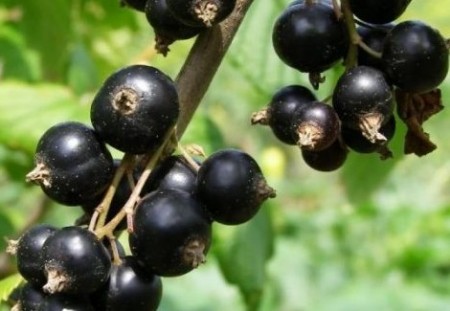
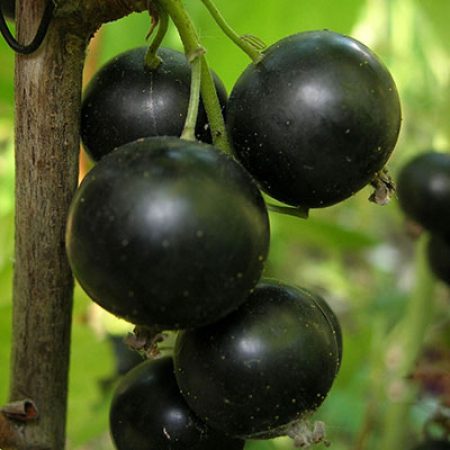
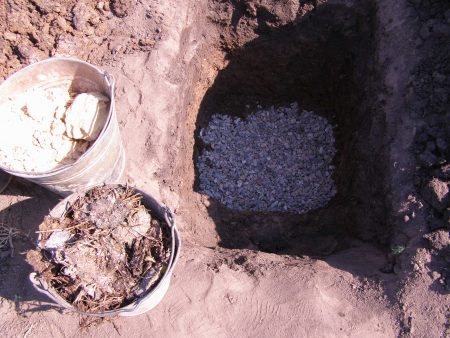

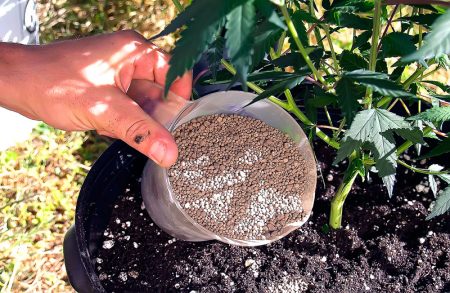
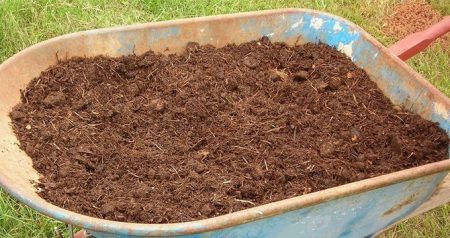
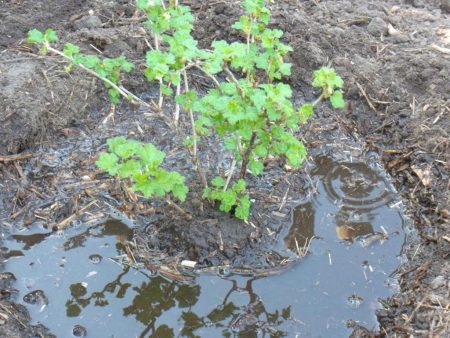
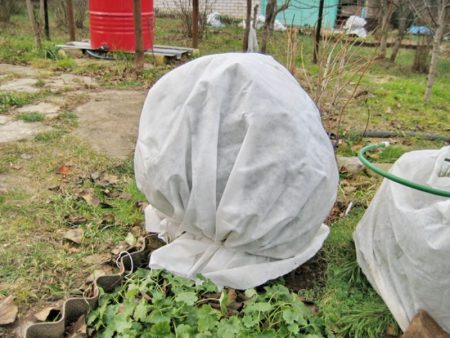
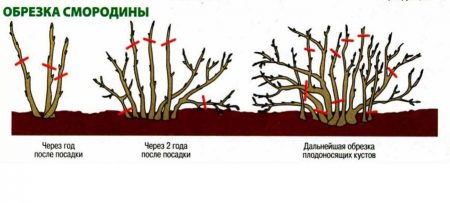
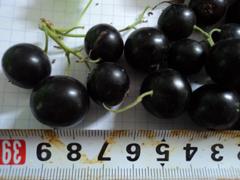

 CUCUMBERS NEVER GET SICK, I'VE BEEN USING ONLY THIS FOR 40 YEARS! I SHARE A SECRET WITH YOU, CUCUMBERS ARE LIKE THE PICTURE!
CUCUMBERS NEVER GET SICK, I'VE BEEN USING ONLY THIS FOR 40 YEARS! I SHARE A SECRET WITH YOU, CUCUMBERS ARE LIKE THE PICTURE! You can dig a bucket of potatoes from each bush. Do you think these are fairy tales? Watch the video
You can dig a bucket of potatoes from each bush. Do you think these are fairy tales? Watch the video
 How our fellow gardeners work in Korea. There is a lot to learn and just fun to watch.
How our fellow gardeners work in Korea. There is a lot to learn and just fun to watch. Eye trainer. The author claims that with daily viewing, vision is restored. They don't charge money for views.
Eye trainer. The author claims that with daily viewing, vision is restored. They don't charge money for views. A 3-ingredient cake recipe in 30 minutes is better than Napoleon. Simple and very tasty.
A 3-ingredient cake recipe in 30 minutes is better than Napoleon. Simple and very tasty. Therapeutic exercises for cervical osteochondrosis. A complete set of exercises.
Therapeutic exercises for cervical osteochondrosis. A complete set of exercises. Which indoor plants match your zodiac sign?
Which indoor plants match your zodiac sign? What about them? Excursion to German dachas.
What about them? Excursion to German dachas.